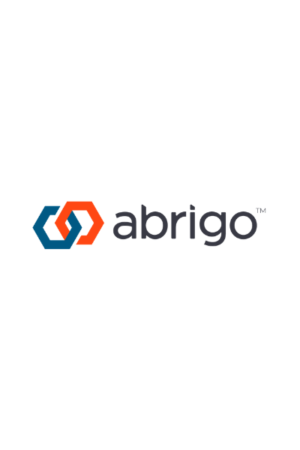Construction lending has seen several stumbling blocks over the past few years. Skyrocketing materials and labor costs and the recent rise in rates led to a slowdown in construction lending activity during the pandemic. Some industry experts predicted a strong year for commercial real estate investment and lending in 2023, while others said volatile market conditions could negatively affect activity in the coming months. But according to an S&P Global Market Intelligence report, construction loan delinquencies at U.S. banks stayed roughly flat in the fourth quarter of 2022, while total construction loan balances continued to rise.
Construction loan and delinquency trends in 2023
April 24, 2023
Read Time: 0 min
Construction loans grow, delinquencies flatten in 2023
Construction lending projections look positive according to S&P data from 2022 and 2023. How can your institution prepare to grow its construction portfolio?
You might also like this webinar, "How to manage a high-performing construction loan portfolio."
Takeaway 1
An S&P Global Market Intelligence report shows delinquencies leveling off and loans growing in the construction sector.
Takeaway 2
Construction loan delinquencies were down slightly in the nonresidential arena and rose slightly for residential loans.
Takeaway 3
The return of consistent supply chains should help this industry thrive. Banks can prepare to take on more construction loans with software.
Construction loan delinquencies
Delinquency rates balanced out
The end of 2022 saw $2.54 billion in nonresidential construction loan delinquencies, according to S&P, down slightly from $2.57 billion in the previous quarter and $2.80 billion in the fourth quarter of 2021. Delinquencies represented 0.70% of total nonresidential construction loans, the lowest level in over three years.
On the other hand, delinquencies on residential construction loans rose. Delinquencies reached about $584.7 million in the quarter, up from $535.5 million in the third quarter and $464.2 million in the fourth quarter of 2021. As a percentage of total residential construction loans, residential construction delinquencies rose to 0.56%.
High loan balances
Construction loans continue to rise
The fourth quarter of 2022 and the first of 2023 saw a continued rise in construction loan balances. Last year, banks reported around $467 billion in the fourth quarter, up from $447 billion in the third quarter. Construction loans made up 3.82% of all loans and leases, up from 3.73% in the third quarter. That put construction lending at its highest percentage of gross loans since the second quarter of 2011.
So far, in 2023, residential construction loans have surged again. But rapidly rising rates and slowing home sales may hamper future gains. U.S. financial institutions reported over $92 billion in one- to four-family construction loans at the end of March. This surge was a 5.3% increase from the last quarter and an 18% increase since the first quarter of 2021—making it the largest annual increase since 2016. As for nonresidential construction loans, the first quarter of 2023 saw a 2.3% increase to $320.45 billion.
Learn 10 ways construction loan management software can save you valuable time.
keep me informed Download infographicMore construction trends
What’s next for construction lenders?
Construction loan activity among top lenders is diverging despite the overall surge in residential construction lending. The U.S.'s top construction lenders, Wells Fargo & Co., Bank of America Corp., and JPMorgan Chase & Co., reported year-over-year declines in both residential and nonresidential construction loans in the first quarter.
But Arkansas-based Bank OZK, the nation's sixth-largest construction lender and the bank most concentrated in construction loans among the top 20 lenders, reported a 28.5% increase in residential construction loans from last year and an 8.6% increase in nonresidential construction loans.
Smaller banks can be encouraged by these numbers, and S&P Market Intelligence predicts a return to relative construction industry normalcy in 2023. Supplier delivery times and shipping rates are back to their pre-pandemic levels, and more consistent seasonal shipping patterns are being re-established. This is good news, considering that supply-chain issues have been known to increase the risk of defaults on some construction loans. Financial institutions with construction loan portfolios understand that managing complicated budgets, draw requests, and risk management of construction loan monitoring is especially important in the current environment of inflationary project costs and rising loan-funding costs.
Managing construction loans can be complex and time-consuming, especially if financial institutions rely on manual processes and spreadsheets to track budgets, inspections, due dates, and draw information. Automating construction loan management makes processes more efficient across the board so that financial institutions can monitor both isolated and concentrated exposures in the portfolio.
Manage risk & avoid defaults. Read the whitepaper, "Red flags and warning signs of contractor failure."
keep me informed Download whitepaper
About the Author





